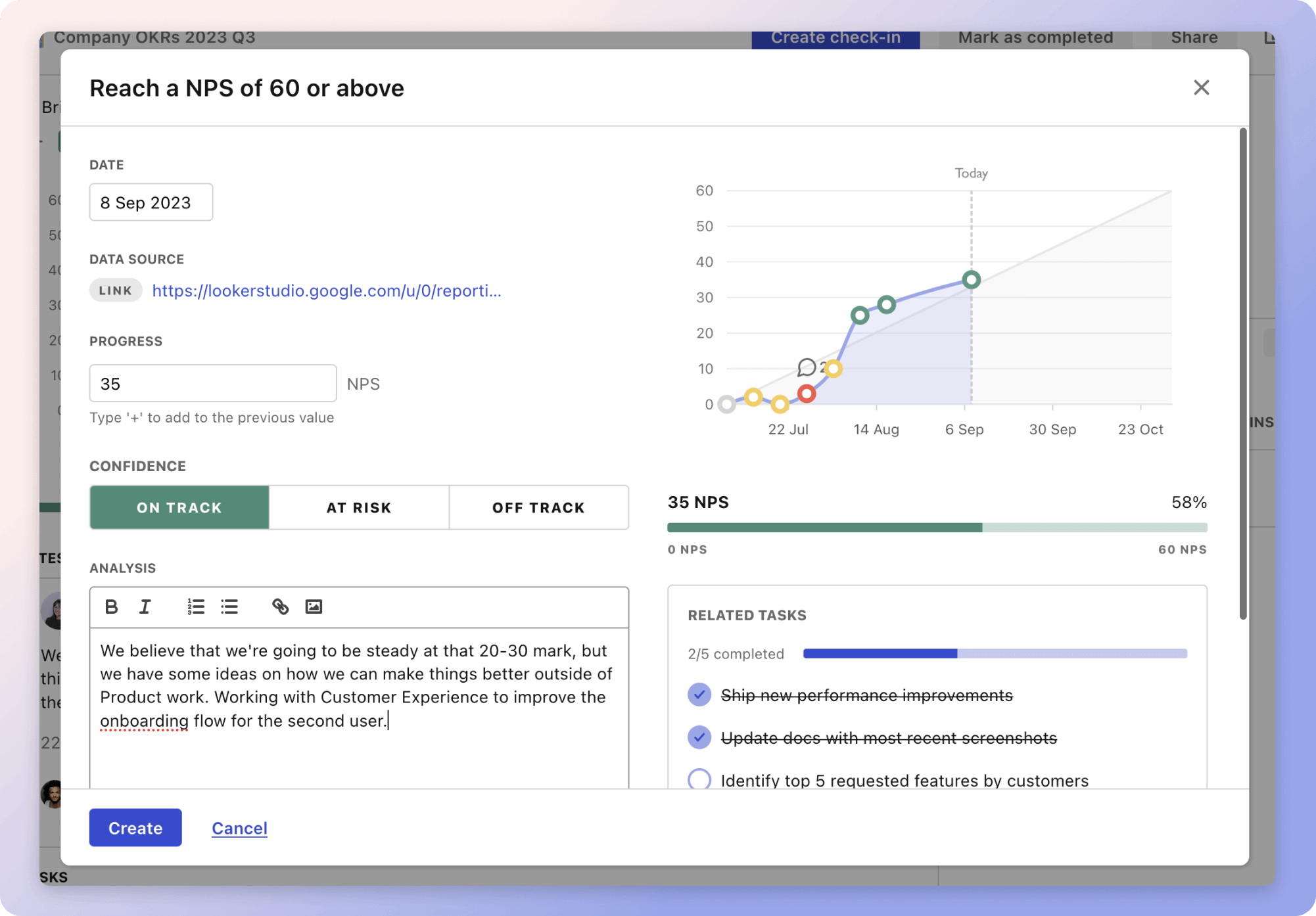The objective of this plan is to guide the food industry in identifying and optimizing key metrics that drive business performance. Metrics like Sales Growth and Average Order Value are crucial as they reflect a company's financial trajectory. For instance, increasing Sales Growth through new product launches or expanded marketing efforts can significantly boost revenue.
Food Cost Percentage, on the other hand, directly impacts profitability. By negotiating better supplier rates or optimizing portion control, businesses can effectively manage costs while maintaining quality. Customer Satisfaction Score emphasizes the importance of customer experience, highlighting methods such as utilizing feedback and training staff for improving service quality.
Lastly, monitoring Employee Turnover Rate and using strategies like enhanced training and offering career growth opportunities can reduce turnover, fostering a more stable and efficient workforce.
Top 5 metrics for Food Industry
1. Sales Growth
Measures the increase in sales over a specific period, indicating business growth
What good looks like for this metric: 5-10% annually
How to improve this metric:- Launch new products
- Implement customer loyalty programmes
- Expand to new markets
- Increase marketing efforts
- Enhance online and delivery services
2. Food Cost Percentage
Calculates the ratio of the cost of ingredients to the revenue generated by those ingredients
What good looks like for this metric: 25-35%
How to improve this metric:- Negotiate better rates with suppliers
- Reduce food wastage
- Adjust menu pricing strategically
- Optimize portion control
- Implement seasonal menus
3. Customer Satisfaction Score
Measures the level of satisfaction customers have with a company's products or services
What good looks like for this metric: 80% or above
How to improve this metric:- Utilise customer feedback effectively
- Train staff on customer service
- Regularly update menu offerings
- Enhance the dining experience
- Implement loyalty programmes
4. Employee Turnover Rate
Indicates the rate at which employees leave the company and are replaced
What good looks like for this metric: 10-15% annually
How to improve this metric:- Enhance employee training programmes
- Provide competitive compensation and benefits
- Foster a positive workplace culture
- Offer career growth opportunities
- Solicit employee feedback regularly
5. Average Order Value
Represents the average amount spent each time a customer places an order
What good looks like for this metric: $20-$30
How to improve this metric:- Upsell and cross-sell products
- Introduce bundle offers
- Create customer-exclusive promotions
- Streamline the checkout process
- Encourage higher spending through loyalty rewards
How to track Food Industry metrics
It's one thing to have a plan, it's another to stick to it. We hope that the examples above will help you get started with your own strategy, but we also know that it's easy to get lost in the day-to-day effort.
That's why we built Tability: to help you track your progress, keep your team aligned, and make sure you're always moving in the right direction.

Give it a try and see how it can help you bring accountability to your metrics.